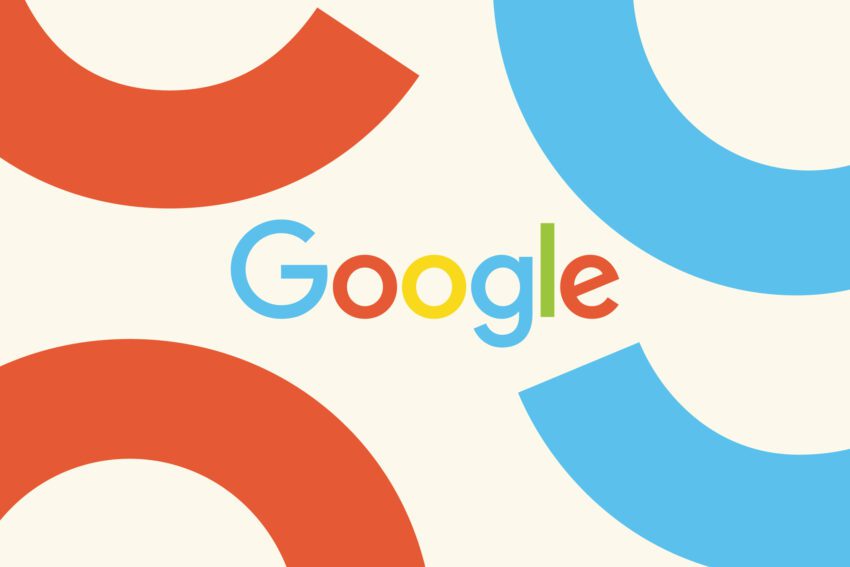
google will let you hide sponsored results Google has announced a new feature that allows users to hide sponsored search results after they have viewed them, a move aimed at enhancing user experience while navigating search results.
google will let you hide sponsored results
Overview of the New Feature
In a significant update to its search functionality, Google is introducing a more streamlined way for users to manage sponsored results. Previously, each paid advertisement was labeled individually with a “sponsored” tag. The new design groups all sponsored results into a collapsible section at the top of the search page, accompanied by a single, larger label that remains visible as users scroll through the page. This change is intended to make it easier for users to identify and manage sponsored content.
How It Works
When users conduct a search, they will now see a dedicated section for sponsored results. This section can be collapsed or expanded, allowing users to hide the ads they are not interested in. However, there is a catch: users must first scroll past the sponsored results before they can choose to hide them. Once the button to hide sponsored results is tapped, the ads will remain collapsed under the sponsored heading. Users can easily toggle the visibility of these results by tapping the button again to reveal them.
Implementation Timeline
Google has stated that this update is currently rolling out on both desktop and mobile platforms. The timing of this rollout is crucial, as it coincides with an increasing demand for more user-friendly search experiences. As users become more accustomed to personalized digital interactions, features like this may enhance user satisfaction and engagement with Google’s search engine.
Context and Background
Over the years, Google has faced criticism regarding the way it presents paid search results. The company has made several adjustments to its advertising strategy, particularly in how it labels sponsored content. In 2020, Google transitioned from labeling paid results as “ads” to “sponsored,” a change that some critics argue was an attempt to make these results appear less intrusive and more integrated with organic search results.
Public Perception and Backlash
The shift in labeling has not been without controversy. Many users feel that the distinction between organic and paid results has become increasingly blurred. Critics argue that this could lead to confusion, particularly among less tech-savvy individuals who may not recognize the difference between sponsored and organic results. This concern is compounded by the fact that many users rely on search engines for critical information, making it essential for them to clearly understand the nature of the results they are viewing.
The Influence of Social Media
Some observers have noted that Google’s decision to label paid results as “sponsored” may reflect broader trends in digital marketing, particularly the rise of influencer marketing. As social media platforms have popularized the concept of “sponsored content,” users have become more accustomed to seeing this type of advertising. However, this familiarity does not necessarily translate to acceptance, especially when it comes to search engines that are often perceived as sources of unbiased information.
Implications of the Update
The introduction of the ability to hide sponsored results could have several implications for both users and advertisers. For users, this feature may enhance their search experience by allowing them to focus on organic results that are more relevant to their queries. However, the requirement to first view the sponsored results before hiding them raises questions about user autonomy and control.
User Experience Considerations
From a user experience perspective, the ability to hide sponsored results could be seen as a double-edged sword. On one hand, it provides users with more control over their search experience. On the other hand, the necessity to scroll past ads before hiding them may frustrate users who are already inundated with advertising in their daily digital interactions. This could lead to a perception that Google is prioritizing its advertising revenue over user satisfaction.
Impact on Advertisers
For advertisers, this update may present both challenges and opportunities. On one hand, the ability to group sponsored results could lead to higher visibility for ads, as users are more likely to notice a consolidated section at the top of the page. On the other hand, the option for users to hide these results may lead to decreased engagement with ads, particularly if users find the ads irrelevant or intrusive. Advertisers will need to adapt their strategies to ensure that their content is compelling enough to encourage users to keep sponsored results visible.
Stakeholder Reactions
The announcement of this feature has elicited a range of reactions from various stakeholders, including users, advertisers, and industry analysts.
User Feedback
Initial feedback from users has been mixed. Some users appreciate the ability to manage their search experience more effectively, while others express frustration over the requirement to scroll past ads first. Many users have voiced a desire for a more proactive approach, suggesting that the option to hide sponsored results should be available without needing to view them first. This sentiment highlights a broader demand for transparency and control in digital advertising.
Advertiser Perspectives
Advertisers are watching the rollout closely, as the implications for ad visibility and engagement could significantly impact their campaigns. Some advertisers welcome the change, believing that a more organized presentation of sponsored results could enhance their visibility. Others, however, are concerned that the ability for users to hide ads may lead to lower click-through rates, particularly if users feel overwhelmed by the volume of sponsored content.
Industry Analysts
Industry analysts are also weighing in on the implications of this update. Many believe that Google’s move reflects a broader trend toward user-centric design in digital advertising. As competition among search engines and social media platforms intensifies, companies are increasingly focused on enhancing user experience to retain and attract users. Analysts suggest that Google’s latest feature may be a response to growing user demand for transparency and control over digital advertising.
Conclusion
Google’s introduction of the ability to hide sponsored results after viewing them marks a notable shift in its approach to search advertising. While the update aims to enhance user experience, it raises important questions about the balance between user control and advertising revenue. As the feature rolls out, it will be crucial to monitor user feedback and engagement metrics to assess its impact on both users and advertisers. The ongoing evolution of digital advertising will undoubtedly continue to shape how companies like Google navigate the complex landscape of user experience and revenue generation.
Source: Original report
Was this helpful?
Last Modified: October 14, 2025 at 12:36 am
0 views















